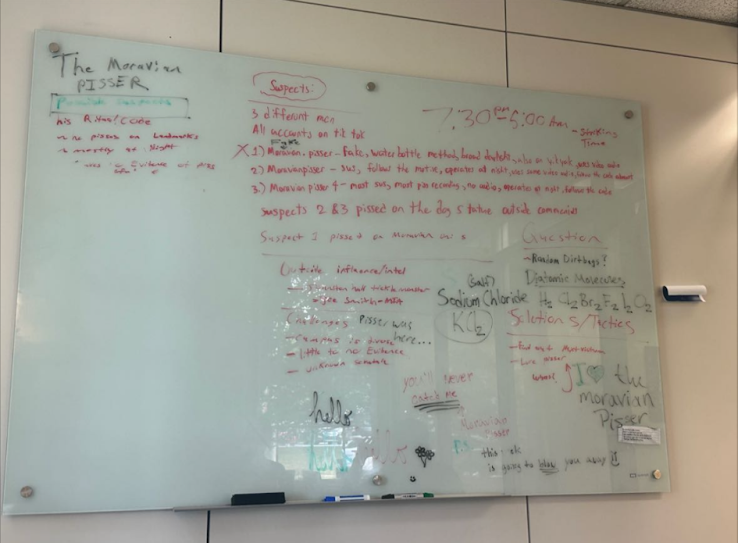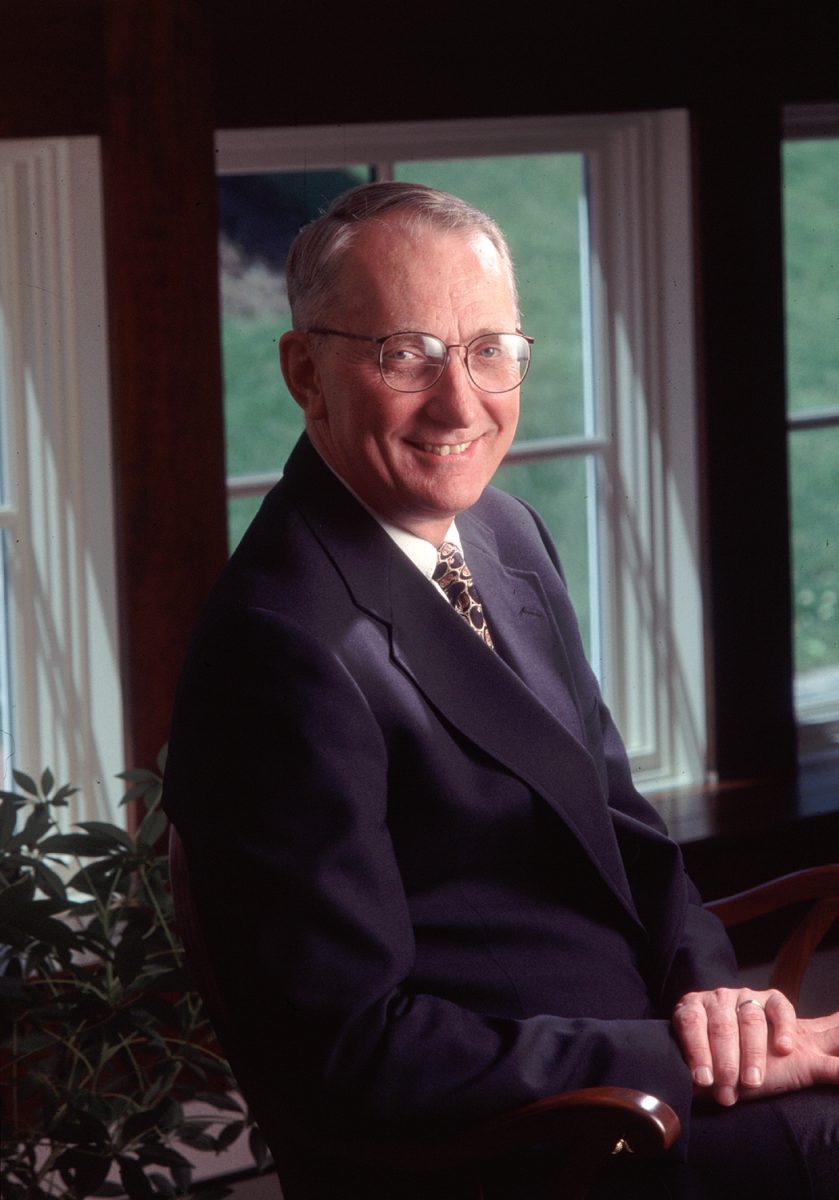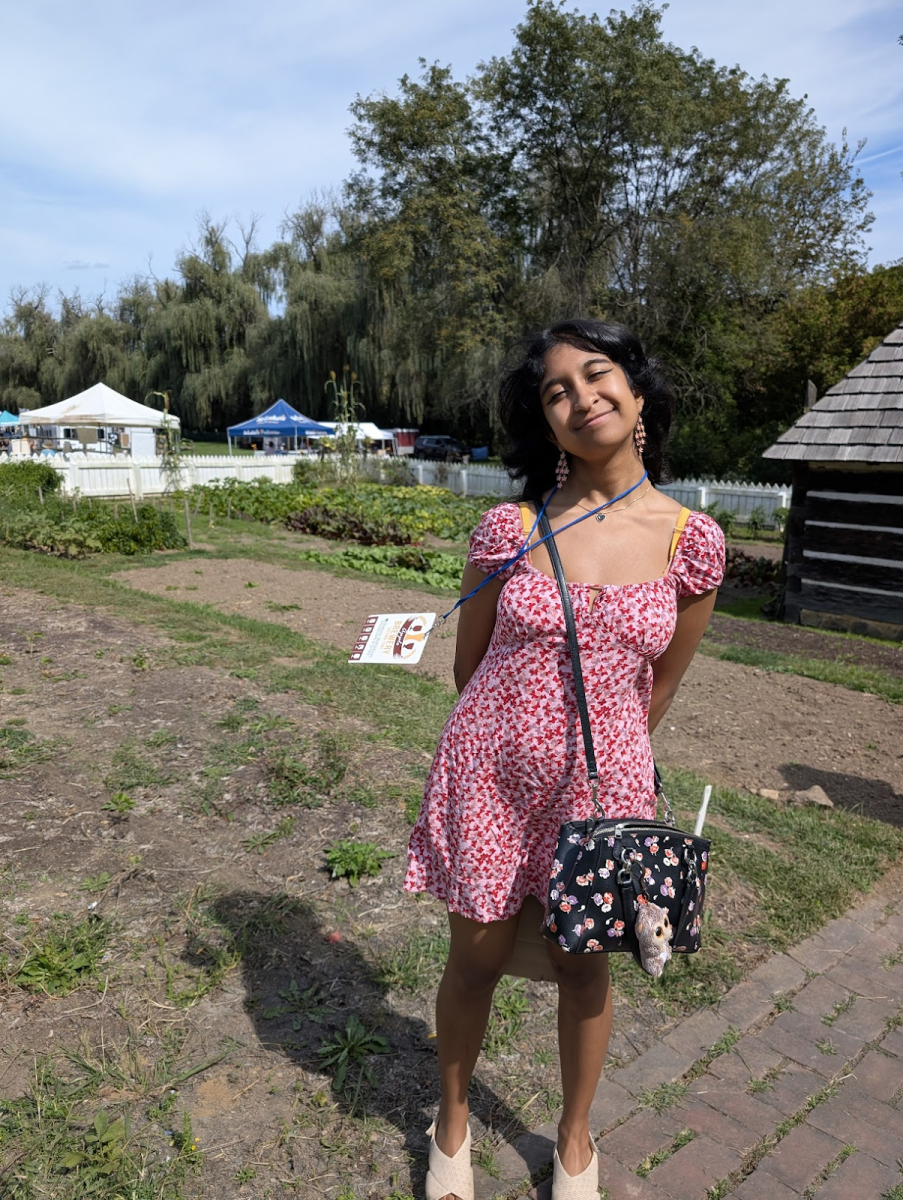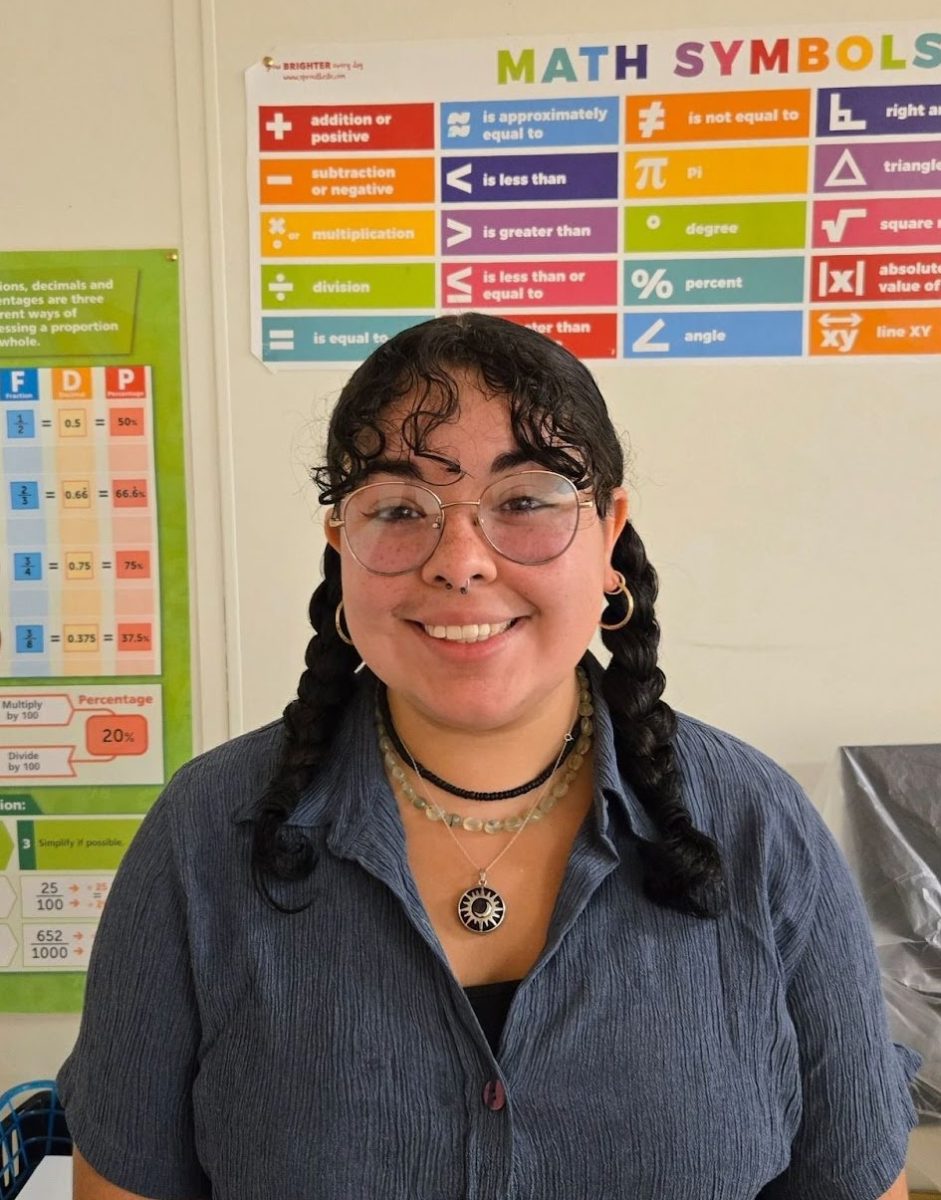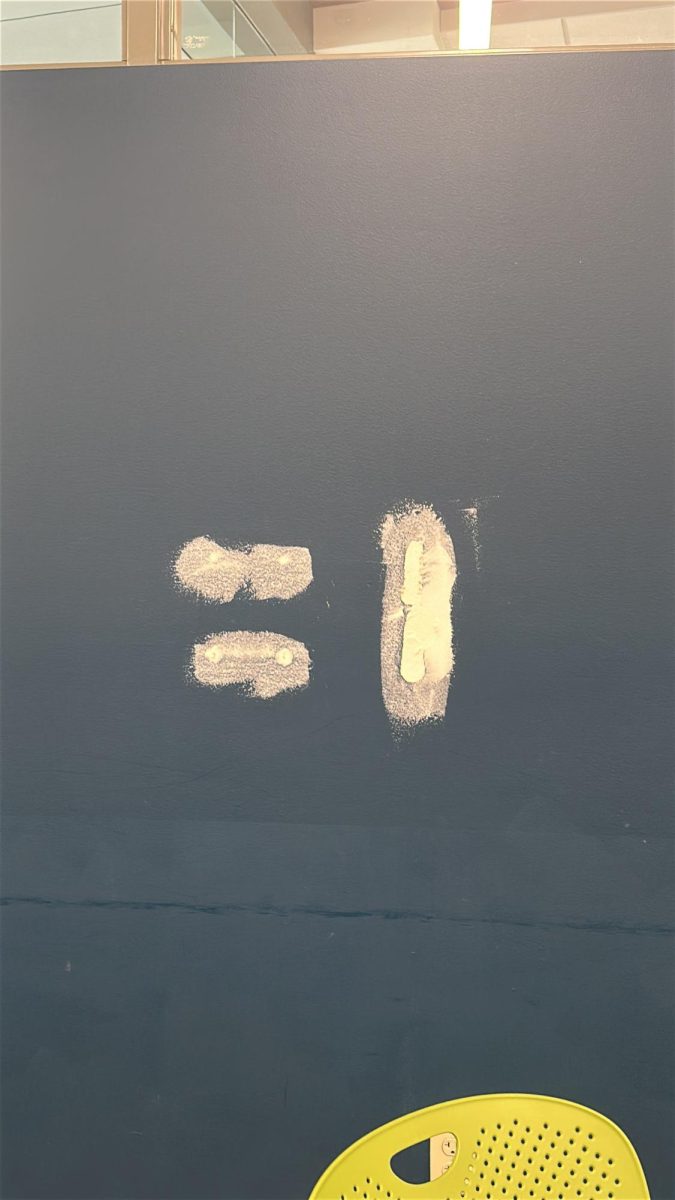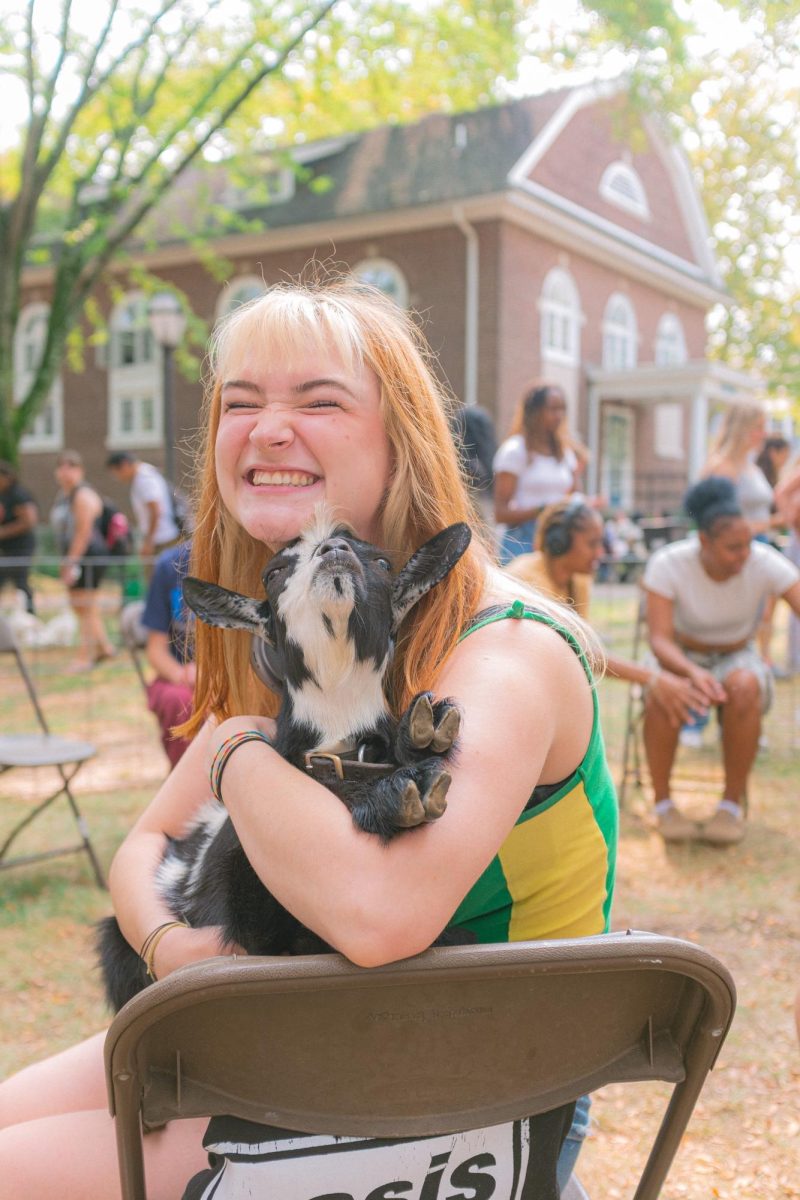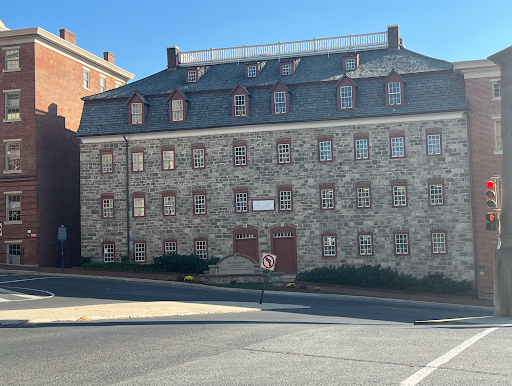
On July 26, the United Nation’s Educational, Scientific and Cultural Organization, UNESCO, officially recognized the cultural and historic value of Bethlehem’s Moravian Church Settlements in downtown Bethlehem, Christiansfeld, Denmark, Herrnhut, Germany, and Gracehill, Northern Ireland/UK by adding them to the World Heritage List.
Among the structures included in the designation are two buildings on Moravian University’s South campus: the 1748 Second Single Brethren’s House and the 1768 Widows’ House – both along Church St.
Bethlehem’s inscription is the U.S.’s first transnational Heritage Site, the 26th in the nation, and only the third in Pennsylvania — Independence Hall in Philadelphia and Frank Lloyd Wright’s Fallingwater in Fayette County are the other two.
A World Heritage Site is a physical site that holds natural or cultural (or both) value and exhibits outstanding universal value while fulfilling at least one of ten values established by UNESCO.
The Moravian Church Settlements fulfill criterion III and IV: “to bear a unique or at least exceptional testimony to a cultural tradition or to a civilization which is living, or which has disappeared” and “to be an outstanding example of a type of building, architectural or technological ensemble, or landscape that illustrates (a) significant stage(s) in human history.”
The two university buildings were honored because they were part of Count Nicolaus Ludwig von Zinzendorf’s original architectural plan, which was created in the 18th century. Other buildings on South campus were built later to serve the growing needs of the Bethlehem community. There are also similar buildings with similar purposes in the other three settlements.
While the other buildings on the University’s South campus are not included in the settlement, they are “included in the conservation zone and demonstrate the continued living community of the University that UNESCO recognizes as historically important,” said President Bryon Grigsby.

The 1748 Second Single Brethren’s House was originally built to house the Single Brethren’s “Choir” – or group – of 72 single men. It was built in twelve months, highlighting the urgency to house the rapidly growing population of the settlement in Bethlehem. The top of the building has a widow’s walk where a Trombone Choir would play to announce the death of a community member or in recognition of holidays and festivals.
At the request of George Washington, from 1776 to 1778, the Moravians used the building to tend to wounded Revolutionary War soldiers. In 1815, it was redesigned to serve the Moravian Seminary for Women, a boarding school for girls, and the first school in the U.S. to educate women. Multiple additions were made to the original structure throughout the years, eliminating many of the original spaces, such as the men’s rooms, the chapel, and the third-floor dormitories.
The 1768 Widows’ House, a communal living space for widows of the settlement, was the last structure constructed from the Moravians’ original plans. This building, like the 1748 Second Single Brethren’s House, had multiple expansions added over the years. It now serves as apartments for Moravian University.
Both buildings will continue serving the university in their current capacities. Tours of the Single Sister’s House may be given this summer, said Grigsby.
With the UNESCO designation, Moravian will be able to apply for federal, state, and city grants and work with private donors to maintain the two buildings.
Moravian has been involved in the over two-decade application process; President Grigsby was a member of the Bethlehem World Heritage Commission and in New Dehli, India, in July when the World Heritage Commission voted to inscribe the Moravian Church Settlements.
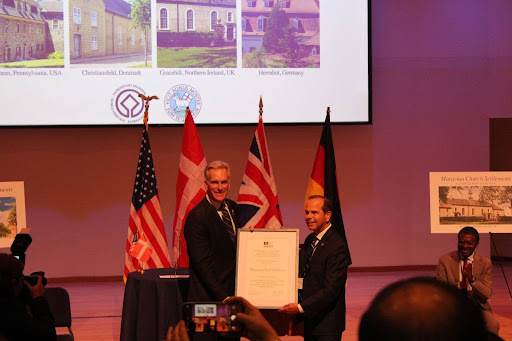
On Thursday, Oct. 17, Moravian hosted an official inscription ceremony in Foy Hall, welcoming representatives from all four settlement sites. This event was the first time that representatives from all four sites were together in person.
At the ceremony, President Grigsby stood in for Bethlehem Mayor and World Heritage Commission Chair J. William Reynolds, who could not attend due to illness. He delivered the opening and closing remarks.
Moravian hopes to continue nurturing the connections made globally, especially with the other Moravian settlement sites and representatives of them.
“Your presence today is what world heritage is all about,” Lazare Eloundou-Assomo, Director of the UNESCO World Heritage Centre, said, addressing the crowd. “The journey hasn’t ended, it is only starting.”



